Selecting the perfect shade of warm white paint is like finding the perfect pair of lived-in jeans: when it works…it just works.
White paint can certainly be nuanced, but finding the perfect shade doesn’t have to be stressful.
In fact, once you understand LRV, undertones, and shades, I think you’ll find selecting the perfect white to be quite easy!
Read below to learn how I select paint as owner and principal designer of Boxwood Avenue Interiors, and discover my secret tips for selecting the perfect warm white paint!
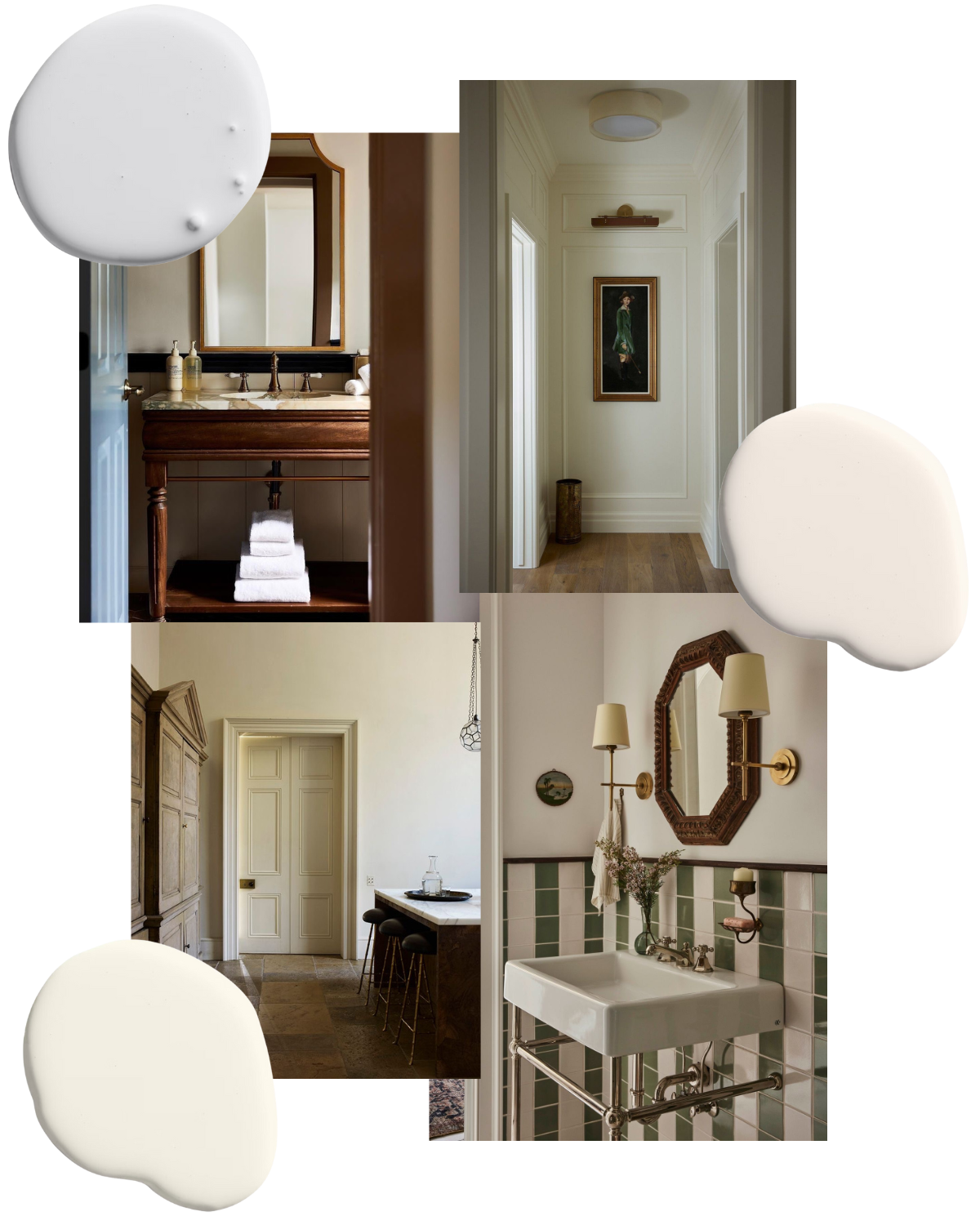
By the end of this post, you’ll have the confidence to head right to the paint counter! Ready? Let’s talk “finding the perfect white paint color”!
Table of contents
- Choosing the Perfect White Paint Color
- The Key to the Perfect Warm White: Undertones
- Understanding Undertones
- Wondering how to know which white paint color is best for your room?
- Interior Designer’s Favorite White Paint Colors
- Personalized Paint Guidance
- Considerations for Lighting
- Artificial Lighting
- Practical Tips for a Perfect Finish
- The Best Sheen of Paint to Use From an Interior Designer
- Conclusion
- Explore all about Paints and Finishes
- Little Black Book of Color
Choosing the Perfect White Paint Color
When I began as an interior designer, I found picking white paint colors to be a bit formulaic.
With thousands of shades of white, I continually reached for “Pure White” because it provided a clean, crisp backdrop for the rest of the interior. I even used this color in my own current home and for my shop walls!
Looking back, I feel foolish for not seeing the nuances of white, but I am happy I have grown to see (and even feel) the importance of the various shades of white available.
You may have the notion that a warm white paint is saved only for traditional design. This is actually what I believed when I first began designing, but this simply isn’t true. Even the most contemporary spaces are elevated with a subtly warm-hued white paint.
When selecting white paint, it’s important to understand “undertones”. In previous posts about selecting paint, I’ve discussed how my experience as a photographer has served me in being able to visualize undertones. If you aren’t familiar, let me break it down for you!
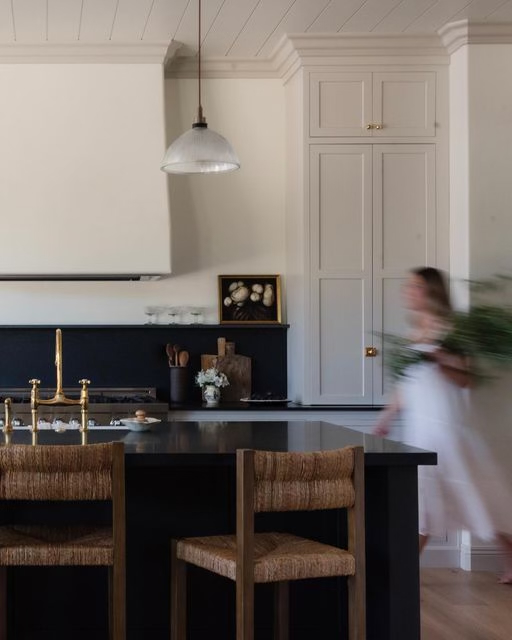
Design: Boxwood Avenue | Paint Color: Alabaster
The Key to the Perfect Warm White: Undertones
Let’s talk about light. Light is how we see the world, without it, everything would be dark. Light is vital in photography, design, and all other visual practices.
If you’ve followed along for some time, you know that in addition to design, I also practice photography (download my photography e-book). When I learned photography, I understood a key component of a beautiful image is “white balance”.
White Balance: “Establishes the true color of white and produces a baseline from which all other colors are measured.”
Proper white balance is key to achieving a beautiful photo, and this principle has provided me with a unique perspective when it comes to selecting the perfect warm white paint.
There are four colors to consider to balance white: green, pink, blue, and yellow.
Too much of any one shade will result in a skewed photo, and when thinking of paint, a poorly selected color. The last thing you want is a white paint color that reads too pink or too green.
Selecting a shade of white can be tricky because light is different in every space, and can vary even throughout a home. What may look good in your bedroom, won’t necessarily look good in your bathroom and so forth.
This is why I feel a warm white paint color is best for any style.
“I’d rather have richly hued walls than a space that reads too cool.”
Chloe MacKintosh, Owner & Principal Designer Boxwood Ave. Interiors
Understanding Undertones
- There are four undertones of white: green, pink, yellow, and blue. These undertones affect the visual “temperature” of white paint. When you hear people refer to a “cool” white or a “warm” white, this is what they are referencing.
- Grey can also be considered an undertone of white, which is achieved by adding a small amount of black to the base white color.
- Balancing white is achieved by taking into account the natural light of a space and adjusting the undertones of the shade of white to achieve the desired finished color.
- For a warm white, yellow is typically added. As an interior designer, I prefer to opt for a warm white with added grey undertones so that the paint doesn’t appear yellow.
Designer Tip: Paint brands like Benjamin Moore, Sherwin Williams, and Farrow & Ball include descriptive information about each color on their website. This can be helpful in understanding the undertones of color. Use this information to make informed paint selections!

When selecting paint, it is so very important to understand how to interpret the light in your home, which will elevate the overall ambiance of your home tremendously.
Wondering how to know which white paint color is best for your room?
South-Facing Rooms: Receive more sunlight and tend to be a bit warmer (accentuating yellow undertones), so a neutral warm white is best.
North-Facing Rooms: Receive less sunlight and tend to skew cooler (accentuating blue undertones), so opting for a white paint color with more warmth is best.
East-Facing Rooms: Receive morning sunlight and tend to skew cooler later in the day with more shadows (accentuating blue undertones), opting for a color with a bit more warmth is best.
West-Facing Rooms: Rooms receive afternoon sunlight, which tends to be a bit warmer (accentuating yellow undertones), so a neutral warm white is best.
What is your design style? Take our complimentary quiz to find your design aesthetic and the perfect accompanying white paint color in less than two minutes!
Interior Designer’s Favorite White Paint Colors
- The Best Warm White Paint Color for Cabinets: Benjamin Moore Lime Wash is a beautiful option for cabinetry. This color tends to lean on the warmer side and is perfect for kitchens and built-ins (as well as trim!). It is a bit more saturated than the other whites listed and will provide some contrast against white walls.
- The Best Warm White Paint Color for Walls: The Million Dollar Question! If I could only pick ONE color for my walls for the rest of time, I’d choose Old White by Farrow & Ball. Being more of a purist, this is the most historic of their colors. This is a very saturated color, so if you’re looking for something that provides a brighter base, my backup color is honestly Alabaster by Sherwin Williams. I mention it below as the best no-fail option, and that’s because it really is a no-fail. It looks good every time.
- The Best Warm White Paint Color for Bathrooms: Try Sherwin Williams Capitol White, this is from their Williamsburg® Paint Color Collection which I love using because the colors have been carefully crafted from historic buildings and shades. This means that the colors are inherently timeless.
- The Best No-Fail Option for your Whole House: Sherwin Williams Alabaster is one of the most popular white paint colors for a tried-and-true warm white that looks good in virtually any light. If you’re not quite sure which color is best for your space, but you’d like a saturated white, Alabaster is a safe bet! This color has never failed me. Candidly, I love this color because it has a bit of mystery to it and comes off as expensive-looking. If you’re looking for a great warm white that skews more modern, definitely give Alabaster a try.
- The Best Shade for a Cottage Home: My good friend Jaime, principal of JZ Interior Designs opted to paint her home Wimborne White by Farrow & Ball, and it is the perfect warm white color for her beach cottage home in Laguna.
- The Most Popular Choice: Benjamin Moore’s Swiss Coffee at 75% saturation is a popular choice among designers because it offers a rich hue with warm tones. This was initially made popular by Studio McGee, and I must say, it’s a good one. We used this desaturated version of the well known wall color at our Rocky Terrace mountain modern project. The color is warm without being too yellow. I recommend it for walls, ceiling, and trim.
- The Best Bright Warm Whites: Sherwin Williams Greek Villa and Benjamin Moore’s White Dove are excellent choices for a bright white that still reads warm (without being yellow). If you’re looking for a nice crisp white for a north-facing room, these are excellent options. White Dove, specifically, is a beautiful option for kitchen cabinets for a clean, bright white look.
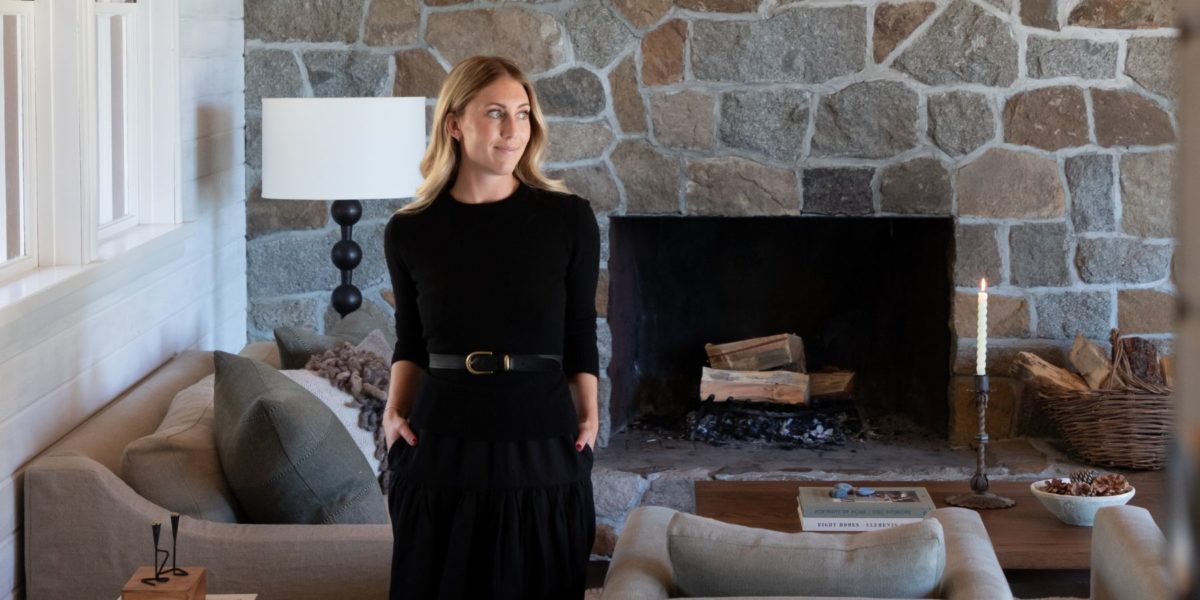
GET YOUR CUSTOM PAINT PALETTE
Personalized Paint Guidance
Looking for personalized guidance to create the perfect paint palette for your home? My one-hour design consultation is the answer!
Our one-on-one paint design service will allow you to:
- Gain clarity on how to bring your space’s potential to life—both what it could look like and what the next steps will be to get there.
- Provide the confidence to walk into the paint store ready to BUY the perfect paint color!
- Dream up a layout and actually design your space — like where to put that sofa.
- Give you the confidence to finally hit “buy” on that cart full of “maybes”.
By working one-on-one with me, we’ll craft a personalized paint plan tailored to your unique style and preferences. Whether you’re seeking guidance on color selection, texture, furniture, finishes, or even a new build, we’ll work together and bring your vision to life — in only one hour.
It’s the expert guidance and support you need to finally create a space you’ll love coming home to.
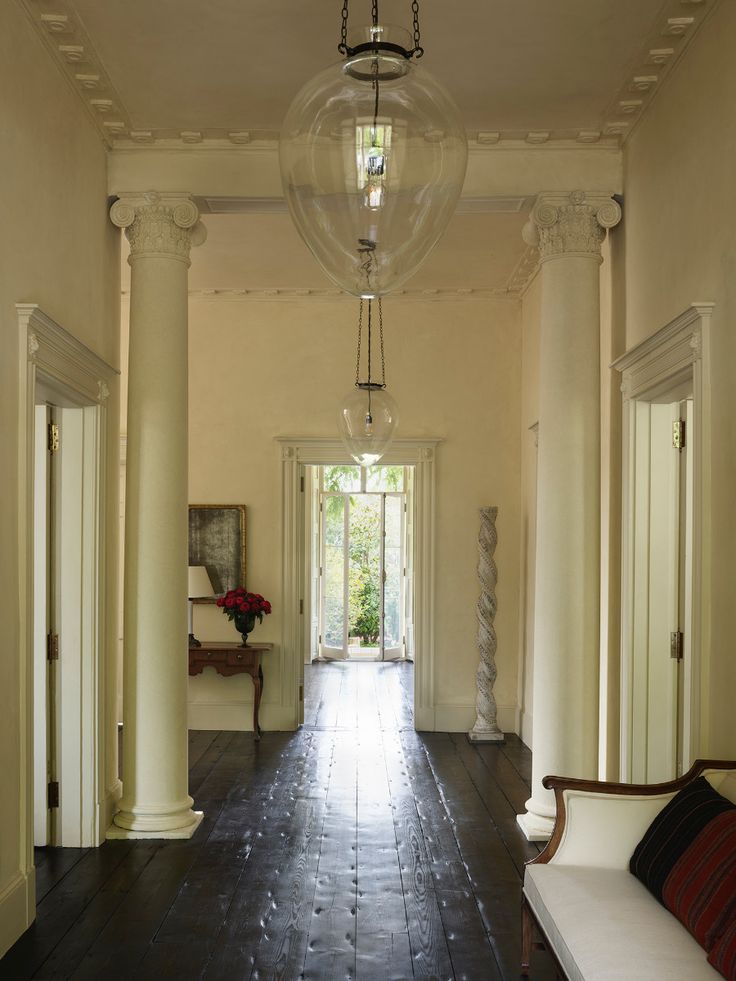
Design: Rose Uniacke
Best Off White Paint Colors
- Gem by Portola Paints: A beautiful rich white paint color perfect for the exterior of a home, especially on brick.
- Farrow & Ball Slipper Satin: A beautiful off-white whose namesake comes from the color of silk used in traditional ballet slippers. This color is a bit chalky and lacks cool blue undertones making it the perfect neutral on walls. It looks beautiful with Old White by Farrow & Ball on woodwork.
- Benjamin Moore Lime Wash: A historic color made to look like traditional lime wash and slightly warmer white than any of the white paint colours listed above. This is a beautiful color to add warmth without being stark.
Additional White Tones
- The Best Bright White: Pure White by Sherwin Williams is just that, one of the purest whites (that, along with Chantilly Lace). See my note below about these colors.
- The Best Neutral White: Alabaster by Sherwin Williams looks good in every setting. Use it on your walls, ceiling, trim, cabinetry, heck, anywhere!
- The Best Warm Off-White: Pointing by Farrow & Ball is a beautiful warm off-white that can be used on walls and/or trim. It also looks beautiful on cabinetry and doors!
Designer Tip: What colors not to use? You might have heard of Chantilly Lace OC-65 by Benjamin Moore or Sherwin Williams Pure White. While these are both beautiful colors, they are not the best for those looking for a warm white shade. Both are more of a bright white paint color with a high LRV and are best used for those looking for a cooler white paint color.

Design: Anna Barnett
Considerations for Lighting
Natural Light vs. Artificial Lighting:
- Simply put, light affects colors. As I mentioned – our perception of color is directly impacted by the light in a space, hence the LRV score provided. Black, or dark colors, absorb light, whereas white, or light colors, reflect light.
- There’s a reason the term “natural beauty” exists! Natural light is the most beautiful form of light and will illuminate white walls in their natural state, accentuating the true color of the white paint selected.
- Artificial light is a necessity because well, the sun isn’t always shining! This is why it is important to test white paint colors in various settings before committing to a color. White paint will look dramatically different based on the lighting of your home, time of day, and temperature of the lightbulbs in your home.
- Designer tip: Not all artificial light is created equal! Many LED bulbs will cast a blue hue in the room, which is truly a scene from a designer’s nightmare. This designer’s nightmare. I much prefer to purchase incandescent bulbs…however, this isn’t always possible, and some fixtures require LED. When you must use LED bulbs, be sure to buy a “warm” color. This is dictated by the Kelvin scale. The best lightbulb temperature is 2700-3000 for a nice warm glow.
South-Facing Rooms and Sunny Days
- South-facing rooms receive less natural light, and the light is generally cooler in temperature – so it is best to avoid cool whites. When selecting a paint color for a south-facing room, opt for a warmer white to accentuate the space. The creamy undertones of a warm white, such as Slipper Satin by Farrow & Ball, are a great option. This can be a living room, dining room, or even bathroom.
- Sunny days will cast a nice warm glow within a space. However, keep in mind, it isn’t always sunny (in most locations). Consider the overall climate of the home when selecting your paint colors. Does the sun shine more often than not? Or, is it cloudy? If the sun is ever-present (lucky you!), you can consider cooler whites. If you live in a more moderate climate, select a warmer white which will cozy up your space even on a cloudy day!
Artificial Lighting
- As mentioned above, artificial lighting will dramatically affect the color of your walls, especially white walls! This is why it is important to test the paint colors in a variety of lighting conditions, such as time of day, weather, and in natural and artificial light.
- To maintain warmth in a space, be sure to select light bulbs that lean warmer, 3000K or less.
Practical Tips for a Perfect Finish
Testing Samples
As a designer, I would never not test a white sample on a wall. It is very important to test the white paint colors in a variety of conditions.
My favorite way to do this is through Samplize swatches! These are so easy to order and allow you to move the swatch from room to room, sticking it to a wall!
To effectively test a shade of white in your space, review the sample at different points throughout the day and if possible, various weather conditions.
Avoid selecting a warm white that reads too yellow on a sunny day or too cool on a cloudy day. It’s all about balance!
This is especially important in a white kitchen, where you’ll spend a large portion of your time.
Some people wonder, “Should I match my cabinetry paint color to my walls?” You do not need to match cabinetry paint color and wall color. Interior designer’s often mix up the shade, sheen, and color. Personally, I like a little variation.
For example, I might do “Old White” by F&B on kitchen cabinetry and “Slipper Satin” on the walls. Just enough contrast, yet the colors still coordinate.
Light Reflectance Value (LRV)
If you’re wondering, “What is LRV?” You’re not alone!
This acronym stands for “Light Reflective Value” and signals how reflective the shade is.
As a designer, I prefer a lower LRV because I tend to select richer, more saturated whites.
The Best Sheen of Paint to Use From an Interior Designer
“What sheen of paint should I use?” is one of the most common questions we get asked when it comes to paint.
While there are varying opinions as to which is best, I prefer a flat or matte finish when possible on the walls, and especially the ceiling (please, please, please don’t use a high gloss finish on your ceiling!).
The exception of this rule is in bathrooms, where a satin finish is more appropriate.
As an interior designer, I tend to prefer an eggshell or flat sheen on walls and an eggshell or satin finish on trim and millwork.
However, there are instances where we will intentionally select a high gloss finish or a more luminous sheen – it just depends on the design of the room.
- Walls: Flat
- Bathrooms: Eggshell or Satin
- Trim: Eggshell or Satin
- Ceiling: Flat
Conclusion
In conclusion, selecting a warm white paint is easy when you consider the direction of the room and the overall LRV of the shade. A warm white paint will offer a classic feel and will provide a timeless look to the room. Be sure to consider the undertones of the shade, and always test a sample on the walls before committing!
Explore all about Paints and Finishes
Be sure to check out our paint-related articles to dive deeper into color trends, techniques, and tips for your next project! Whether you’re looking to refresh your living room or discover the best finishes for your exterior, we’ve got you covered. Stay inspired and get the best advice for all your painting projects!
Designer’s Review: Sherwin Williams Pure White SW7005
The Best Red Paint Color Ideas to Transform Your Space
How to Choose the Best Interior Paint Colors for Your Home
A Green Bathroom Remodel You’ll Love
Designer’s Top Picks: The Best Farrow and Ball Paint Colors
Luxury Designer’s Top Picks: The Best Greige Paint Colors

instant download
Little Black Book of Color
Download our free paint guide! Get our expert guidance for your entire home with our 30-page paint guide.
The exclusive Boxwood Avenue paint guide to achieve a perfectly cohesive palette in your home!
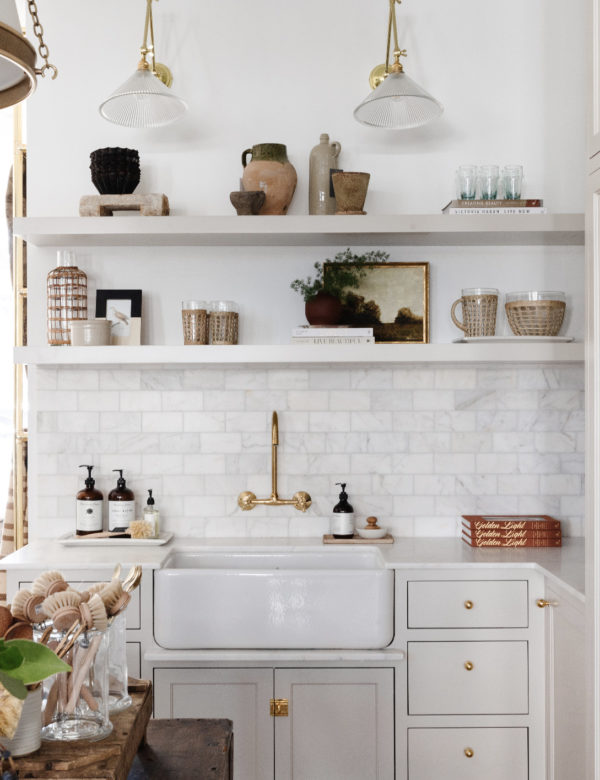
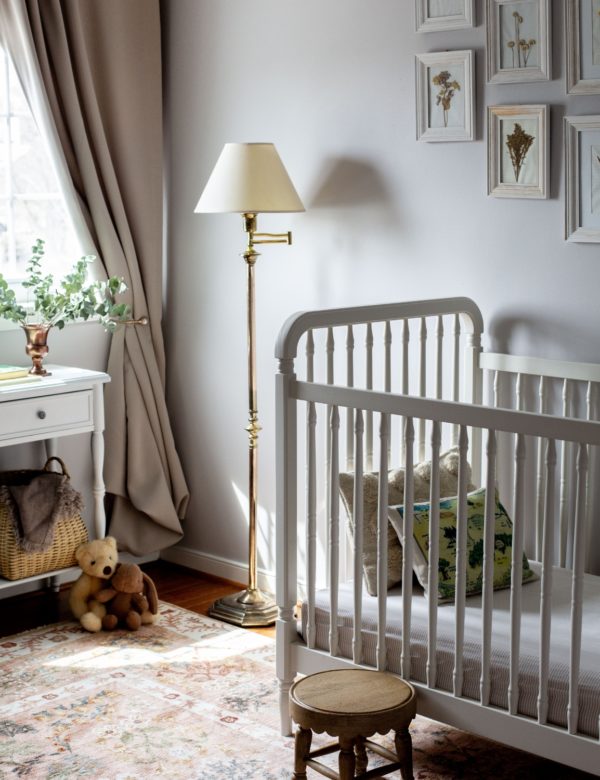
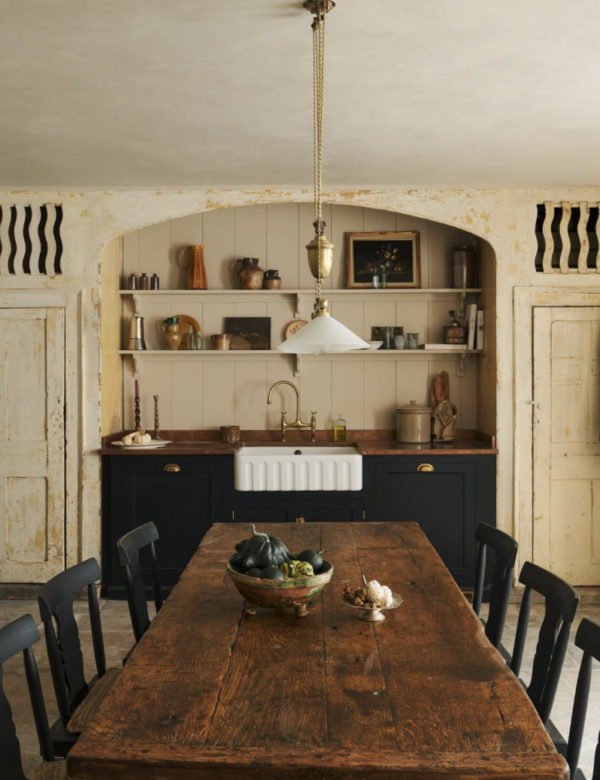
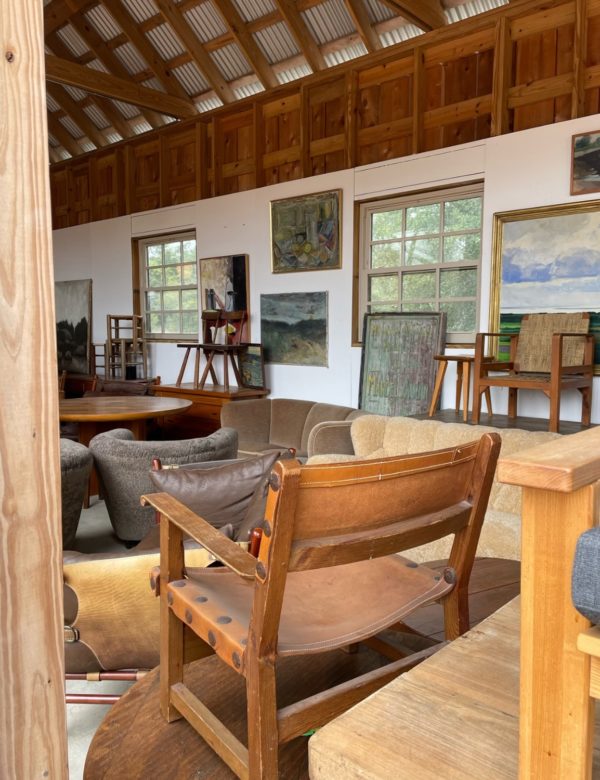
Hi :) i loved your article. Thank you. I have an east facing living space/kitchen. I feel silly that i painted my uppers in chantilly because i would like a warm cozy feeling. My lowers are shaker beige. Everything gets very very dull in the afternoon/evening. I do not want to lose coziness but also need to make sure the color can live with chantilly cabinets for a short time before i invest in repainting. I have a traditional style, brass black and dusty blue. We also have textured walls which is hard due to the shadows. Do you have any suggestions? I also have crown molding. Do i match chantilly to the trim/molding/ ceiling and go cozy on the walls? Im so so happy if you fo color consulting! Thank you!
Have you ever considered the psychological impact of different shades of white paint on a room’s atmosphere? How can you use white paint to create a sense of calm or energy in a space?”,
“refusal
Hello! a2s2d Very cool!